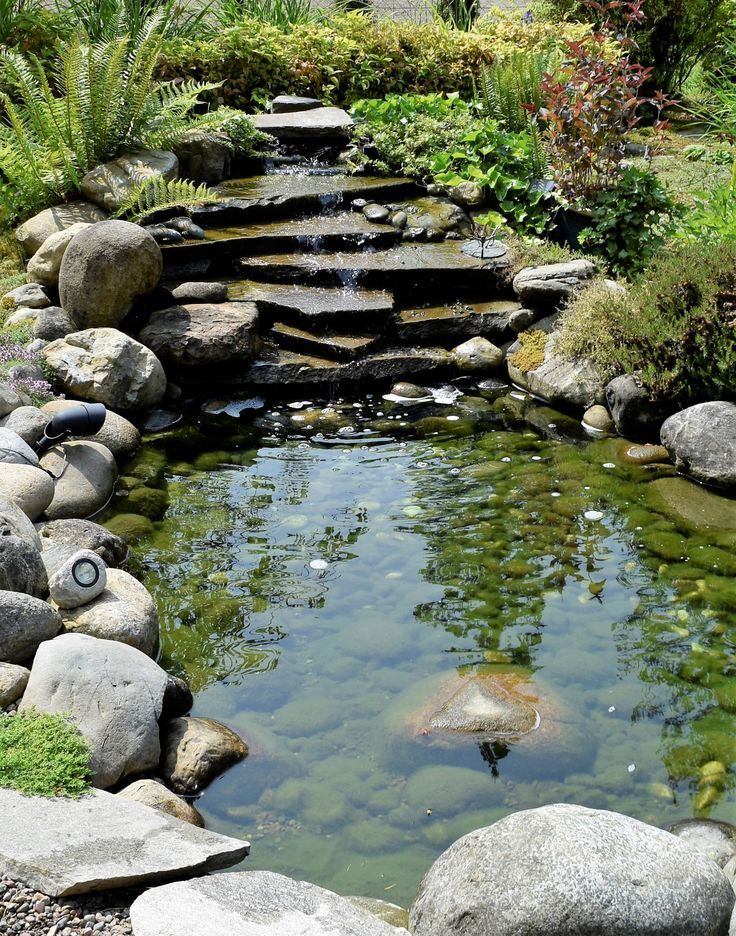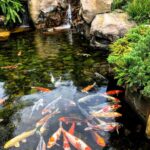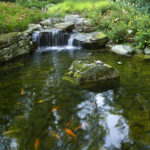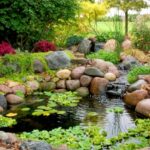Proper pond design is essential for creating a beautiful and functional outdoor space. Whether you are looking to enhance your garden with a small water feature or create a larger pond as the focal point of your landscaping, careful planning and attention to detail are key.
When designing a pond, one of the first considerations to take into account is the size and shape of the space available. The size of the pond will depend on the overall size of your yard and the amount of water you want to incorporate. It’s important to ensure that the pond is proportionate to the surrounding landscape and doesn’t overwhelm the rest of the garden.
In addition to size, the shape of the pond should also be carefully considered. While rectangular ponds are common and easy to build, more naturalistic shapes that mimic the curves and contours of nature can create a more organic and serene atmosphere. Irregular shapes can also provide more opportunities for incorporating plants, rocks, and other design elements.
Another important aspect of pond design is the depth of the water. Deeper ponds can support a wider variety of aquatic plants and fish, but they may require additional maintenance and precautions, such as ensuring proper aeration to prevent stagnation. Shallow ponds, on the other hand, are easier to maintain and can be safer for children and pets.
The placement of the pond within your yard is also crucial. Ponds should be located in an area that receives enough sunlight to support plant life but is also sheltered from strong winds that can cause evaporation and water loss. Consideration should also be given to factors such as drainage, access to utilities for pumps and filtration systems, and proximity to trees or other structures that could potentially damage the pond.
Finally, when designing a pond, don’t forget to consider the overall aesthetic of your landscaping. Incorporating elements such as rocks, waterfalls, fountains, and aquatic plants can enhance the visual appeal of the pond and create a more natural and cohesive look. It’s important to strike a balance between form and function, ensuring that the pond not only looks beautiful but also functions effectively as a habitat for fish, frogs, and other wildlife.
















